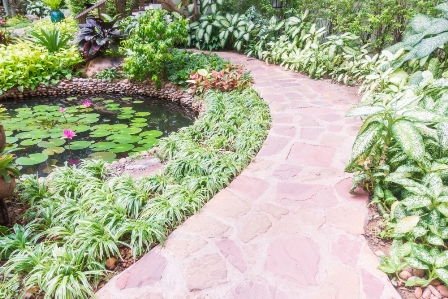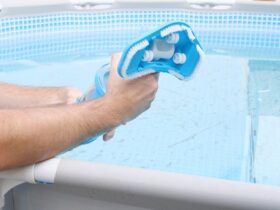Metal garden edging is an excellent choice for creating clean, defined borders in your garden. Its durability and sleek appearance make it a popular option among gardeners. In this guide, we will walk you through the step-by-step process of installing metal garden edging, ensuring a professional and lasting finish.
Why Choose Metal Garden Edging?
Metal garden edging offers several advantages over other materials. It is durable, long-lasting, and resistant to weather conditions, which means it won’t rot or become brittle over time. Additionally, metal edging provides a sleek, modern look that can enhance the overall aesthetic of your garden.
Step-by-Step Installation Guide
1. Planning and Measuring
Start by planning the layout of your garden edging. Use a tape measure to determine the length of edging required. Mark the desired edge line with a string or garden hose, ensuring it follows the contours of your garden bed or lawn.
2. Preparing the Ground
Once the layout is marked, prepare the ground by digging a shallow trench along the marked line. The trench should be approximately 4-6 inches deep and wide enough to accommodate the metal edging strip. Use a shovel or spade to remove any grass, roots, or debris from the trench.
3. Positioning the Metal Edging
Place the metal edging strip into the trench, ensuring it sits flush with the ground level. If necessary, cut the edging strips to the required length using metal snips. Connect multiple strips using the interlocking system or connectors provided by the manufacturer.
4. Securing the Edging
With the edging strips in place, secure them using edging stakes or pins. Drive the stakes into the ground at regular intervals along the length of the edging, typically every 2-3 feet. Use a hammer or mallet to ensure the stakes are firmly embedded in the ground. This will keep the edging stable and prevent it from shifting over time.
5. Backfilling and Compacting
After securing the edging, backfill the trench with soil, ensuring it is tightly packed around the base of the metal edging. This provides additional support and prevents the edging from moving. Use your hands or a tamper to compact the soil firmly.
6. Finishing Touches
Finally, inspect the installed edging for any gaps or uneven sections. Adjust as necessary to ensure a smooth, continuous edge. Trim any excess metal or adjust the stakes for a neat and tidy finish. Once satisfied, give the area a final inspection to ensure everything is secure and in place.
Maintenance Tips for Metal Garden Edging
To keep your metal garden edging looking its best, follow these simple maintenance tips:
- Regular Inspection: Periodically check the edging for any signs of damage or shifting. Re-secure any loose sections as needed.
- Cleaning: Clean the edging with a damp cloth to remove dirt and debris. For stubborn stains, use a mild detergent and water.
- Rust Prevention: If your metal edging is not made from a rust-resistant material, apply a rust inhibitor or sealant to protect it from moisture and oxidation.
Choosing the Right Metal Edging for Your Garden
When selecting metal garden edging, consider the following factors:
- Material: Common materials include steel, aluminum, and galvanized metal. Each has its own benefits and price points.
- Height and Thickness: Choose a height and thickness that suits your garden’s needs. Taller and thicker edging provides better containment for soil and mulch.
- Finish: Select a finish that complements your garden’s design. Options range from natural metal to powder-coated colors.
Environmental Impact of Metal Garden Edging
Metal garden edging is an environmentally friendly choice for several reasons:
- Recyclability: Metal is fully recyclable, reducing waste and the environmental footprint.
- Durability: Long-lasting materials mean less frequent replacement, conserving resources.
- Low Maintenance: Minimal maintenance requirements reduce the need for chemical treatments or replacements.
Conclusion
Installing metal garden edging is a practical and attractive way to define your garden spaces. By following this comprehensive guide, you can achieve professional-looking results that will enhance your garden’s beauty and functionality. Whether you choose to tackle the project yourself or hire a professional, metal edging is a worthwhile investment that offers both aesthetic and practical benefits for years to come.












Find Us on Socials